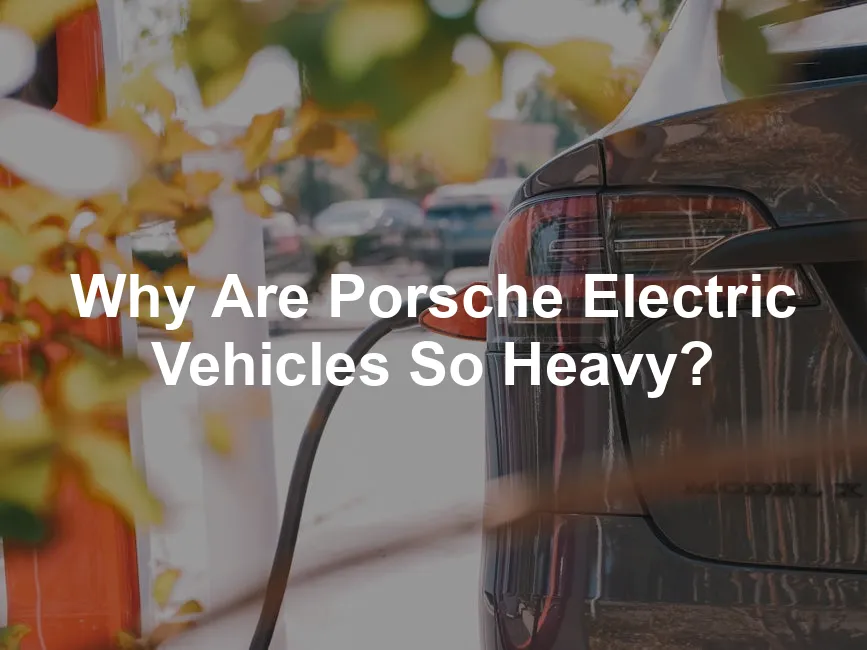
Why Are Porsche Electric Vehicles So Heavy?
Introduction
Porsche has long been a hallmark of performance and luxury. But as the automotive sphere shifts toward electric vehicles (EVs), an intriguing question arises: why are Porsche electric vehicles so heavy? This query has car enthusiasts scratching their heads and engineers contemplating design choices. Typically, in the automotive world, weight is synonymous with reduced performance. However, Porsche’s hefty EVs defy this notion. Is it the tantalizing battery capacity, cutting-edge technology, or perhaps a relentless pursuit of safety that adds to their bulk?
Let’s take a closer look at the engineering marvels behind Porsche’s electric vehicles. The hefty weight isn’t merely a byproduct of poor design; rather, it’s a complex interplay of various factors working harmoniously. From powerful batteries to advanced safety systems, each element contributes to the overall mass. Spoiler alert: it’s not just about putting the pedal to the metal!
In this section, we’ll break down the reasons behind the weight of Porsche electric vehicles. By understanding these elements, you’ll appreciate the unique blend of safety, performance, and luxury that defines the Porsche brand.

Summary of Key Points
In this article, we will explore several dimensions that contribute to the weight of Porsche electric vehicles.
- Battery Size and Technology: We will discuss how the substantial size of lithium-ion batteries necessary for EV range and performance contributes significantly to the overall weight.
- Structural Materials: An examination of the materials used in construction, including aluminum, steel, and carbon fiber, reveals how they balance safety and performance while adding mass.
- Performance Needs: Porsche’s emphasis on acceleration and stability necessitates the inclusion of powerful electric motors and advanced suspension systems, which inherently add weight.
- Safety Standards and Regulations: Compliance with rigorous safety standards leads to the use of heavier materials and structures designed to protect passengers in the event of an accident.
- Consumer Preferences: We’ll touch on how consumer demands for range, luxury, and performance influence the design choices that ultimately lead to heavier vehicles.
- Future Innovations: Finally, we will look ahead to potential innovations in battery technology and materials that may lighten future models without sacrificing performance.
By the end of this article, you’ll have a comprehensive understanding of why Porsche electric vehicles weigh more than you might expect, along with insights into the balance between weight, safety, and performance.
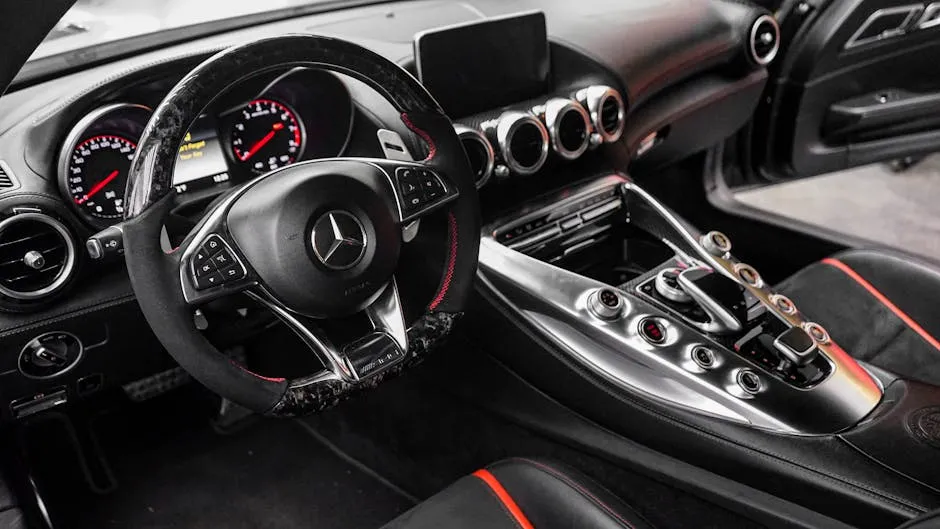
Understanding the Weight of Porsche Electric Vehicles
The Importance of Vehicle Weight
Weight plays a significant role in vehicle dynamics. It directly affects performance, handling, and safety. Heavier vehicles can feel more stable on the road, especially during high-speed maneuvers. However, they often require more power to accelerate, which can impact efficiency.
When it comes to safety, weight can be a double-edged sword. Heavier cars tend to fare better in crash tests, providing better protection to occupants. But their mass can pose risks to pedestrians, as heavier vehicles may cause more severe injuries in collisions.
Balancing weight with performance is crucial. Lighter cars often provide a sportier feel but may compromise safety. Conversely, heavier vehicles can enhance stability and safety but might sacrifice agility. This trade-off is especially significant in performance brands like Porsche, where driving experience and safety are paramount.

Weight Factors in Porsche Electric Vehicles
Porsche electric vehicles (EVs) are heavier than their gasoline counterparts due to several key factors. Understanding these elements allows us to appreciate the engineering behind these high-performance machines.
First and foremost, battery size plays a pivotal role. Larger batteries are essential for extended range and power output. Additionally, structural materials and safety requirements contribute to the overall weight. The combination of these factors results in a vehicle that feels solid on the road, yet can be challenging to maneuver.
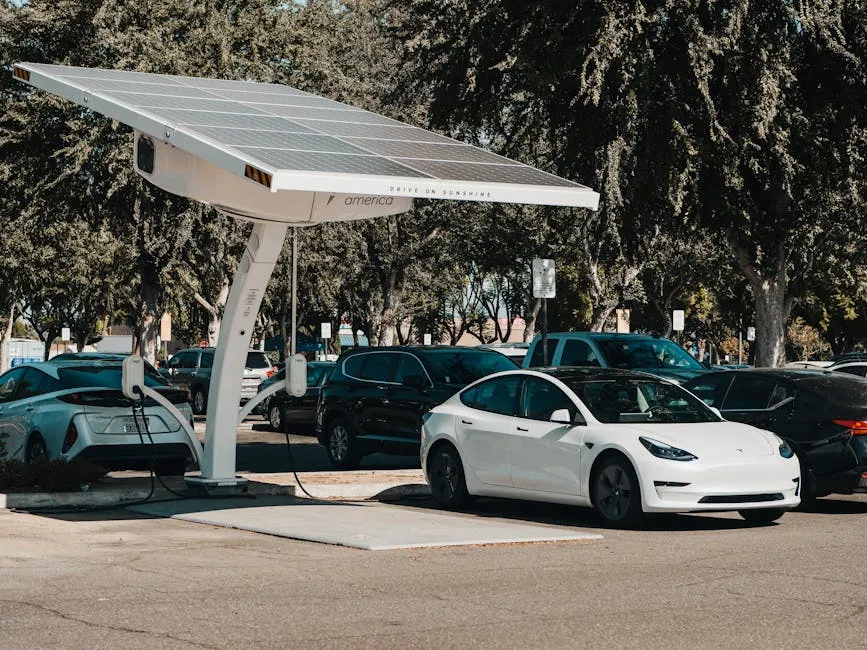
Battery Size and Capacity
Battery size is a primary driver of weight in electric vehicles. A larger battery allows for longer driving ranges and more power. For instance, the Porsche Taycan features a battery pack that weighs around 600 kg, significantly heavier than traditional car batteries. This weight is crucial for achieving the performance Porsche drivers expect.
Each lithium-ion cell adds to the total weight. With thousands of cells in a pack, the cumulative mass quickly escalates. The protective housing for these cells also contributes, as it must be robust enough to safeguard against impacts.
In comparison, a conventional car battery weighs around 20 kg. It’s clear that the weight difference is substantial. Ultimately, the battery’s size and capacity are integral to the performance and range of Porsche’s electric vehicles.
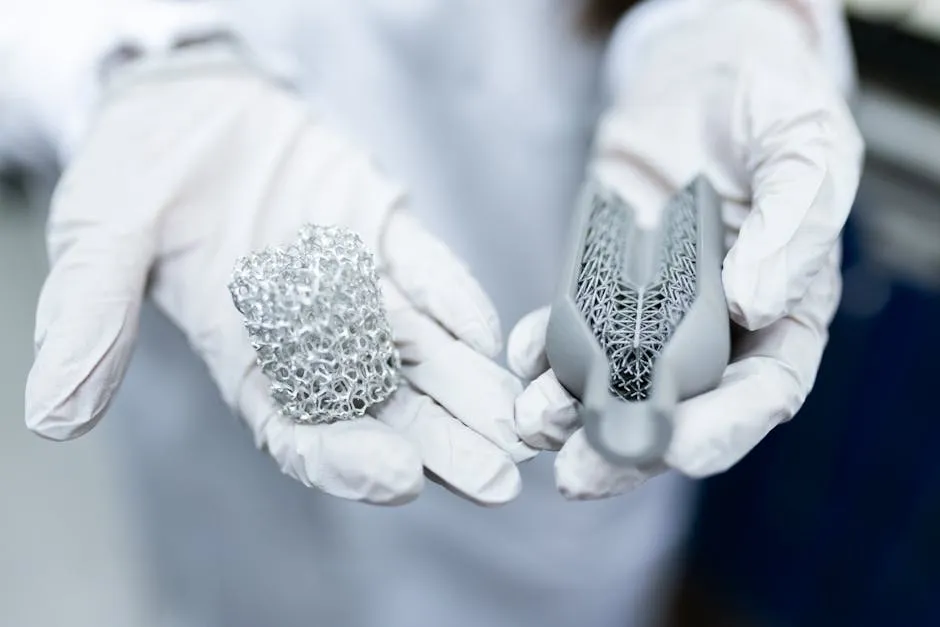
Structural Materials
The materials used in Porsche EVs significantly impact their weight. Porsche utilizes a blend of aluminum, steel, and carbon fiber in its vehicles. Each material has its advantages and disadvantages.
Aluminum is lightweight and offers excellent strength-to-weight ratios. However, it still adds considerable weight compared to other lightweight materials. Steel is often used for its strength and durability, but it’s heavier than aluminum. Carbon fiber, while lighter, is often more expensive and used sparingly.
The combination of these materials ensures that Porsche vehicles meet safety standards while maintaining performance. The structural integrity provided by these materials is crucial for handling and crash protection, even if it adds to the overall weight of the vehicle.
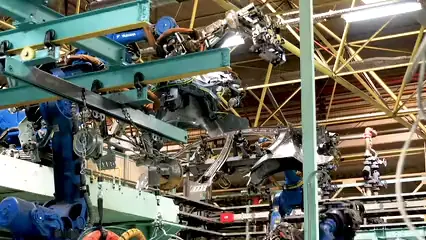
Advanced Battery Technology
Porsche has made significant strides in battery technology. The evolution of battery systems is critical for minimizing weight while maximizing performance. Lithium-ion batteries have become the standard due to their energy density, but they still face challenges.
One of the main advantages of these batteries is their ability to deliver high power. However, achieving high energy density remains a challenge. While advancements continue, the current generation of lithium-ion batteries tends to be bulky.
Porsche is continually exploring new technologies, such as solid-state batteries. These promise higher energy density and potentially lower weight. However, as of now, lithium-ion remains the go-to technology, contributing to the overall heft of Porsche electric vehicles.

Performance Needs and Design Choices
Performance is at the heart of Porsche’s design philosophy. The requirements for acceleration, speed, and handling directly influence vehicle weight. Powerful electric motors are essential for delivering the performance Porsche is known for.
The Taycan, for example, boasts dual motors that provide up to 750 horsepower. These motors are heavier but necessary for rapid acceleration. Additionally, cooling systems to manage motor temperatures also add weight.
Porsche engineers strategically place batteries to lower the center of gravity, aiding stability. This design choice enhances handling and performance, but it does contribute to the overall mass of the vehicle.
In essence, each performance requirement necessitates components that add to the vehicle’s weight but also enhance the driving experience, ensuring Porsche remains a leader in electric performance.
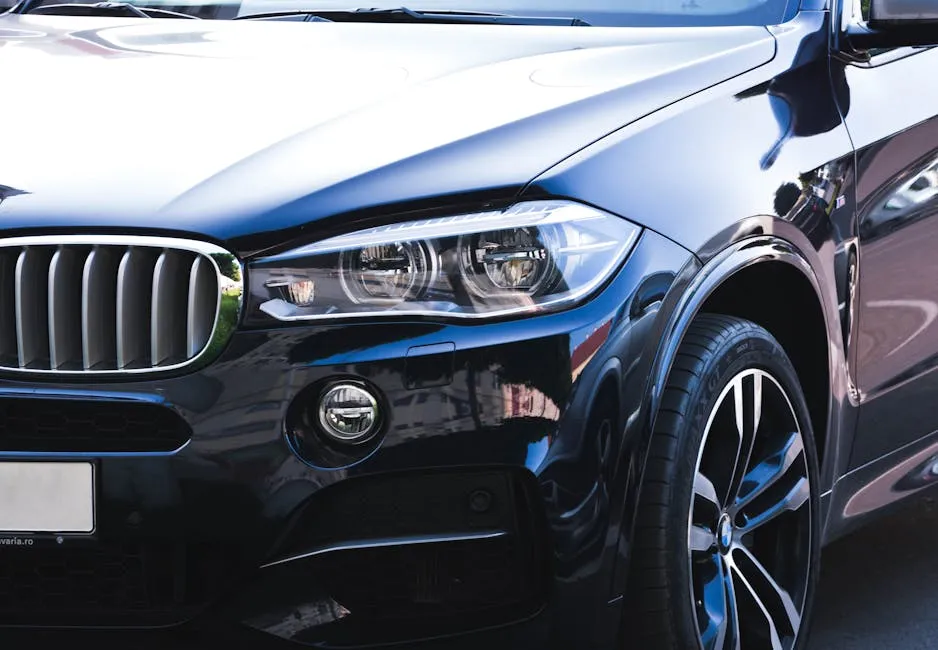
To ensure you’re always ready for any situation, investing in a Vehicle Safety Kit is a smart choice. It provides peace of mind and ensures you’re prepared for any roadside emergency.
Safety Standards and Compliance
Porsche electric vehicles (EVs) are designed with an unwavering commitment to safety. This commitment is not just marketing fluff; it’s backed by stringent regulatory requirements that dictate vehicle construction. These regulations aim to protect passengers, pedestrians, and other road users, and they require manufacturers to use robust materials and structures, which inherently increases vehicle weight.
One of the primary safety standards impacting Porsche’s design is the crash safety requirement. Electric vehicles must undergo rigorous crash tests to ensure they can withstand various impact scenarios. To meet these standards, Porsche employs high-strength materials in the chassis and body structure. This includes reinforced steel and aluminum, which add significant mass to the vehicle. While these materials are necessary for crash protection, they contribute to the overall weight of the EVs.
Moreover, the incorporation of advanced safety features like crumple zones, which absorb impact energy, necessitates additional structural components. These zones are engineered to deform during a collision, protecting occupants from injury. However, this engineering marvel requires heavy-duty materials, further amplifying the vehicle’s weight.
Porsche also considers the safety of the battery pack. In an electric vehicle, the battery is a critical component, and its housing must withstand impacts without compromising its integrity. To achieve this, the battery casing is constructed from durable materials that can handle crash forces. This additional protective layer not only keeps passengers safe but also adds weight to the overall structure.
Furthermore, compliance with global safety regulations poses another layer of complexity. Different regions have varying requirements for vehicle safety, necessitating additional design considerations. This means that Porsche’s engineers must find a balance between adhering to these regulations and maintaining a performance-oriented design.
In summary, safety standards and compliance are pivotal in determining the weight of Porsche’s electric vehicles. The rigorous requirements for crash protection, battery safety, and adherence to global regulations compel Porsche to use heavier materials and structures. While this might seem like a drawback, it ensures that their vehicles provide the safety and security that Porsche drivers expect, making them a leading choice in the electric vehicle market.

Consumer Preferences and Expectations
Consumer preferences play a significant role in shaping the design and weight of Porsche electric vehicles. Today’s drivers are not just looking for a mode of transportation; they desire a blend of range, luxury, and performance. This demand is a driving force behind the hefty weight of Porsche’s EVs.
Range anxiety is a common concern among potential electric vehicle owners. To alleviate this fear, manufacturers like Porsche equip their EVs with larger battery packs. These extensive batteries provide the driving range that consumers crave. However, bigger batteries naturally add more weight. For instance, the Porsche Taycan features a sizable battery pack, which contributes significantly to the vehicle’s overall mass. While these batteries enhance range, they also mean a heftier vehicle.
Luxury features are another critical component of consumer expectations. Porsche’s clientele seeks top-tier amenities and comfort in their vehicles. This includes high-quality materials, advanced infotainment systems, and superior sound insulation. While these luxuries enhance the driving experience, they also add to the car’s weight. Features like leather seating, premium audio systems, and comprehensive safety technologies—essentially, the bells and whistles—collectively increase the vehicle’s overall mass.
Moreover, market trends indicate a shift towards larger electric vehicles, often in the form of SUVs and luxury sedans. This trend is not just about aesthetics; it’s about consumer expectations for space and comfort. Larger vehicles tend to weigh more due to their size and the materials required for construction. As Porsche aims to meet these evolving consumer demands, their electric vehicles inevitably become heavier.
In essence, consumer preferences for range and luxury directly influence the design choices that result in heavier vehicles. Porsche’s commitment to delivering an exhilarating driving experience, along with the comforts expected by modern drivers, leads to the incorporation of larger batteries and added features. This alignment of consumer desires with engineering decisions ensures that Porsche electric vehicles remain competitive while embracing their heavier nature.

Comparative Analysis: EVs vs. Gasoline Vehicles
When comparing Porsche electric vehicles to their gasoline-powered counterparts, the weight differences are striking. Electric vehicles (EVs) generally tend to be heavier due to the substantial weight of their battery packs, which are essential for providing sufficient range and performance.
Take the Porsche Taycan as an example. This fully electric sports car weighs around 2,295 kg, largely due to its large battery pack and the structural reinforcements needed for safety. In contrast, the classic Porsche 911, a gasoline-powered icon, weighs approximately 1,580 kg. The difference of over 700 kg is primarily attributed to the battery and additional safety features integrated into the EV design.
Another notable comparison is between the Porsche Cayenne and its electric version, the Cayenne E-Hybrid. The gasoline Cayenne weighs about 2,110 kg, while the E-Hybrid variant weighs close to 2,500 kg. The added weight in the hybrid model comes from its electric motor and battery system, which are necessary to deliver hybrid efficiency and performance.
While the additional weight of EVs may raise eyebrows, it’s essential to understand the performance advantages they offer. Electric motors provide instant torque, allowing for rapid acceleration despite the added mass. This means that while a Porsche EV may feel heavier on paper, it often delivers a thrilling driving experience that rivals, if not surpasses, that of traditional gasoline vehicles.
In summary, the comparative analysis of Porsche electric vehicles against their gasoline counterparts reveals a significant weight differential, primarily driven by battery technology and safety requirements. While heavier, these electric models continue to embody the performance and luxury that Porsche is renowned for, proving that weight doesn’t necessarily equate to a compromise in driving excitement.

Future Innovations and Lightweight Solutions
The future of Porsche electric vehicles holds great promise, especially regarding innovations in lightweight materials and battery technology. As the automotive industry evolves, there is a growing focus on reducing vehicle weight without compromising safety or performance.
One of the key areas of development is the use of lightweight materials. Porsche is actively exploring alternatives like carbon fiber, aluminum alloys, and magnesium. These materials offer excellent strength-to-weight ratios, meaning they can replace heavier metals while maintaining structural integrity. For instance, carbon fiber is not only lightweight but also incredibly strong, making it an ideal candidate for body panels and other structural components.
In addition, advancements in battery technology are poised to revolutionize vehicle weight. Traditional lithium-ion batteries, while effective, are heavy due to their design and materials. Researchers are now investigating solid-state batteries, which promise higher energy density and lighter weight. These batteries could significantly reduce the overall mass of electric vehicles while enhancing range and performance.
Moreover, ongoing research into alternative battery chemistries, such as lithium-sulfur and graphene-based batteries, shows potential for lighter solutions. These technologies are still in development, but they could pave the way for electric vehicles that are lighter, more efficient, and capable of longer ranges.
Porsche is not alone in this quest; the entire automotive industry is racing to adapt to these innovations. As manufacturers invest in research and development, the prospect of lighter electric vehicles becomes increasingly feasible. This shift could lead to a new era where performance and efficiency are enhanced through weight reduction.
In conclusion, the future of Porsche electric vehicles is bright, with innovations in lightweight materials and battery technology on the horizon. These advancements have the potential to reduce weight while maintaining the high standards of safety and performance associated with the Porsche brand. As these technologies mature, we can expect Porsche to continue leading the charge in the electric vehicle market, offering drivers an exhilarating experience without the burden of excess weight.
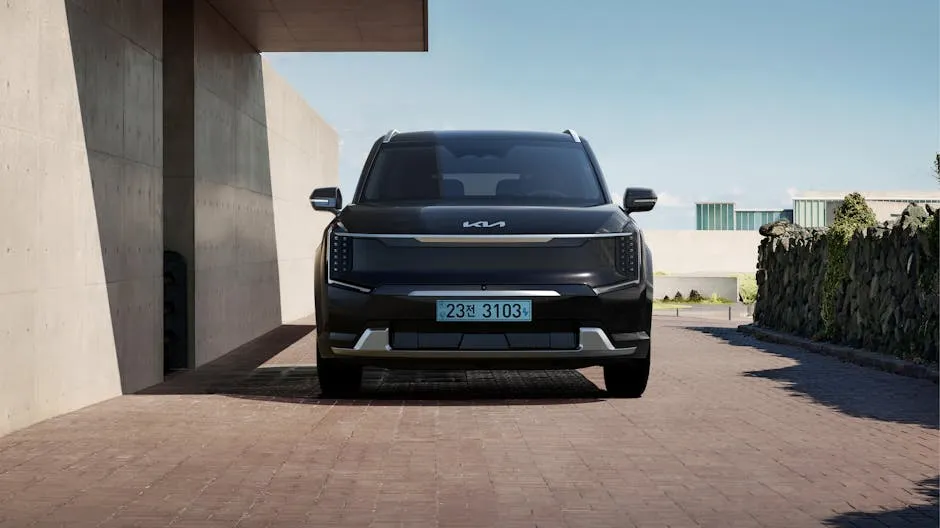
Conclusion
In conclusion, the weight of Porsche electric vehicles stems from a fascinating interplay of multiple factors. First, the substantial size of lithium-ion batteries is crucial for achieving the impressive range and performance that Porsche enthusiasts expect. These battery packs, while heavy, ensure that drivers experience the exhilarating acceleration and power Porsche is renowned for.
Additionally, the choice of structural materials plays a significant role. Porsche utilizes a combination of aluminum, steel, and carbon fiber to balance strength and safety. While these materials enhance durability, they also add to the overall weight of the vehicles.
Performance needs cannot be overlooked either. The powerful electric motors, advanced suspension systems, and other components required for optimal handling and stability contribute to the heft. Furthermore, strict safety standards demand robust construction, leading to additional weight.
Consumer preferences are also at play. Drivers desire vehicles that are not only fast and luxurious but also equipped with the latest technology and safety features. This demand leads to design choices that ultimately increase weight.
As technology continues to advance, we can expect Porsche and other manufacturers to innovate new solutions. Future models may balance weight and performance more effectively, ensuring that electric vehicles remain a thrilling choice for drivers worldwide. The evolution of battery technology and the potential for lighter materials could pave the way toward lighter, yet still high-performing electric vehicles. This ongoing journey promises an exciting future for electric driving enthusiasts.
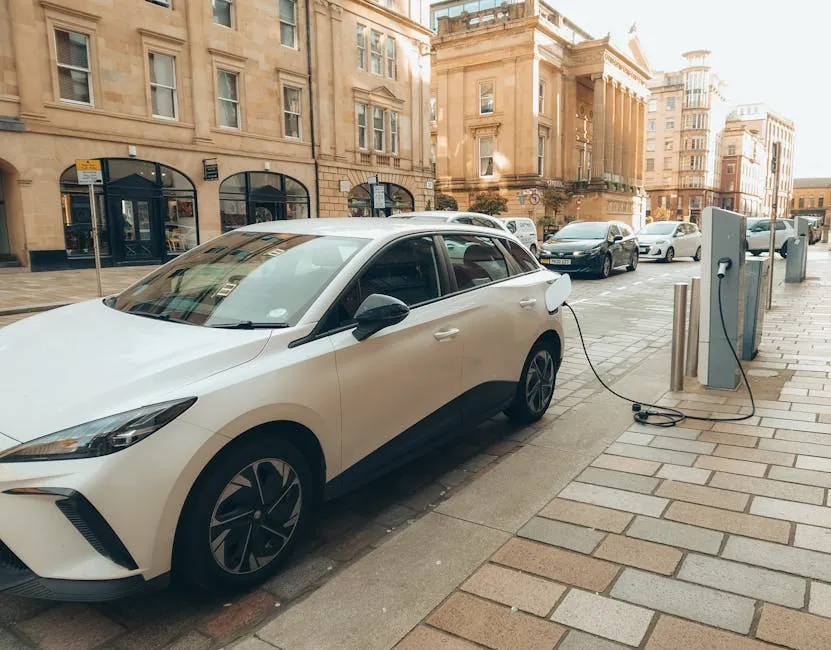
FAQs
Why are electric vehicles generally heavier than gasoline cars?
Electric vehicles (EVs) carry a notable weight advantage, primarily due to their battery packs. These hefty lithium-ion batteries are essential for delivering the range and power drivers expect. A typical EV battery can weigh around 600 kg or more, which is substantially heavier than a standard gasoline tank. Moreover, EVs are built with reinforced structures to accommodate the battery’s weight. These structures often employ high-strength materials, which, while crucial for safety, add to the overall mass. In contrast, gasoline cars can utilize lighter components because they don’t require such extensive protective housing for fuel tanks. So, while a gasoline vehicle may feel light on its feet, an EV’s bulkiness is a necessary trade-off for performance, safety, and efficiency.
What impact does the weight of an EV have on its range and efficiency?
The weight of an electric vehicle directly affects its energy consumption and performance. Heavier vehicles typically require more energy to accelerate, which can decrease overall efficiency. This means that while an EV may boast impressive acceleration, its weight can lead to a drop in range, particularly in stop-and-go situations. For instance, the Porsche Taycan, while powerful, consumes more energy due to its weight. Consequently, this can result in lower miles per kilowatt-hour compared to lighter models. However, advancements in battery technology are continuously improving the efficiency of heavier EVs. The balance between performance and weight remains a crucial factor for manufacturers aiming to enhance the driving experience.
Are heavier vehicles safer?
Yes, heavier vehicles generally have an edge when it comes to safety in crash scenarios. The increased mass can absorb more impact energy, providing better protection for occupants. Heavier cars tend to fare better in collision tests, as they can withstand forces that would be more damaging to lighter vehicles. However, this added weight can pose risks to pedestrians and cyclists. Larger vehicles often create blind spots and can cause more severe injuries in accidents. Thus, while weight contributes to passenger safety, it also raises concerns for vulnerable road users. Manufacturers like Porsche must balance these dynamics to ensure both driver safety and broader road safety.
Will future electric vehicles be lighter?
The future looks promising regarding lighter electric vehicles. Advances in materials science and battery technology are paving the way for significant weight reductions. Lightweight materials like carbon fiber and advanced aluminum alloys are being explored to replace traditional metals. Additionally, breakthroughs in battery chemistry, such as solid-state batteries, promise to deliver higher energy densities with less weight. As these technologies mature, we can expect future EV models to shed some pounds while maintaining performance and safety. This shift could make electric vehicles more efficient and appealing to a broader audience.
How does Porsche ensure performance despite the added weight?
Porsche employs a range of engineering solutions to maintain performance in its heavier electric vehicles. For instance, the strategic placement of batteries lowers the center of gravity, enhancing stability and handling. The Taycan features dual electric motors that deliver instant torque, allowing for rapid acceleration despite its weight. Moreover, Porsche utilizes advanced suspension systems tailored to manage the extra mass. These systems provide a smooth ride while maintaining responsive handling. By focusing on performance-driven design, Porsche ensures that its electric vehicles deliver an exhilarating driving experience, proving that added weight doesn’t necessarily mean compromised performance.
Please let us know what you think about our content by leaving a comment down below!
Thank you for reading till here 🙂
And while you’re at it, why not stay hydrated on the road? Grab a stylish Insulated Water Bottle to keep your drinks cold or hot during your adventures!
For those looking to give their car a thorough clean, consider a Car Cleaning Kit. It’s the perfect way to maintain that luxury feel inside your Porsche!
And don’t forget, a Portable Jump Starter is a must-have for any vehicle owner. You never know when you might need a little boost!
All images from Pexels




